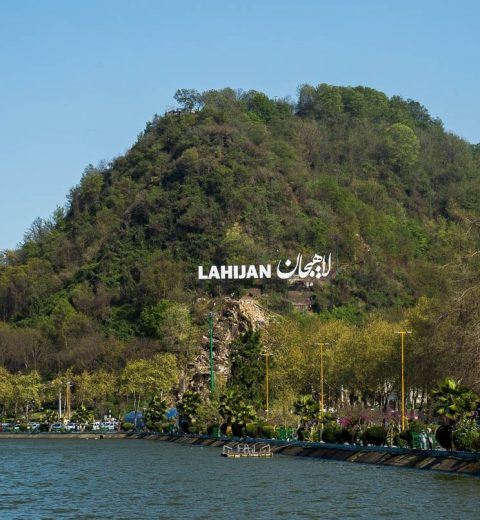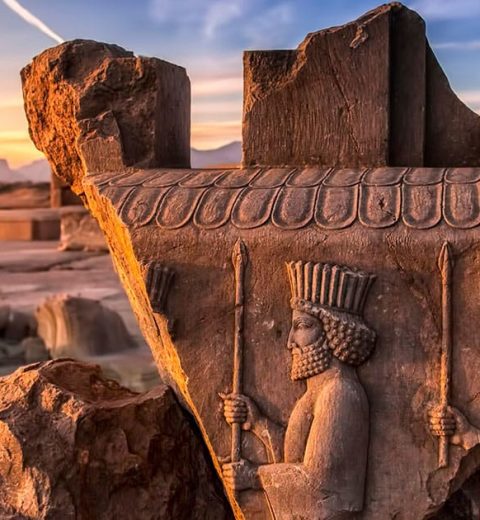Wonders of Iran | Top 7 Locations of Iran to Visit
Iran, which was known as Persia until 1935, is a mostly unknown gem. It has a diverse culture and history, as well as a remarkable heritage for visitors. Iran is ranked seventh in the world in terms of the number of UNESCO-designated World Heritage Sites. In this area, historical and urban communities date back to 4000 BC. Locals are known as Persians, and they make up around 51% of the population. The best, most famous, historical, and notable sights of the “Land of the Aryans” – the 7 wonders of Iran – are introduced by Irantripedia operators.

Vank Cathedral
The Vank Cathedral is one of the wonders of Iran that is also known as the Church of Saintly Sister, is a cathedral in Isfahan’s New Julfa neighborhood, which is noted for its large Christian population. The construction of the Armenian church began in 1606 during the Safavid dynasty, but it was renovated in 1655 to accommodate the city’s increasing Christian community. By the cathedral’s entrance, a tilework plaque engraved in Armenian may be seen.
The inside of the cathedral is a perfect illustration of how Islamic and Christian styles can coexist. The interior has frescos and gilded sculptures, as well as a beautiful tile wainscot. A huge belfry towers over the graves of both Orthodox and Protestant Christians in the courtyard. A memorial commemorating the Armenian Genocide in Turkey may also be seen in one of the corners.
The library and museum in Vank Cathedral contain an Armenian book that was the first book produced in Iran, as well as edicts from Shah Abbas I and later Kings prohibiting interference with or persecution of Armenians.
The museum of this religious and spiritual location, which dates back to a century and was erected in 1605 by Tatavus Hunanian, is another element of the church (author of the book Julfa History of Isfahan).
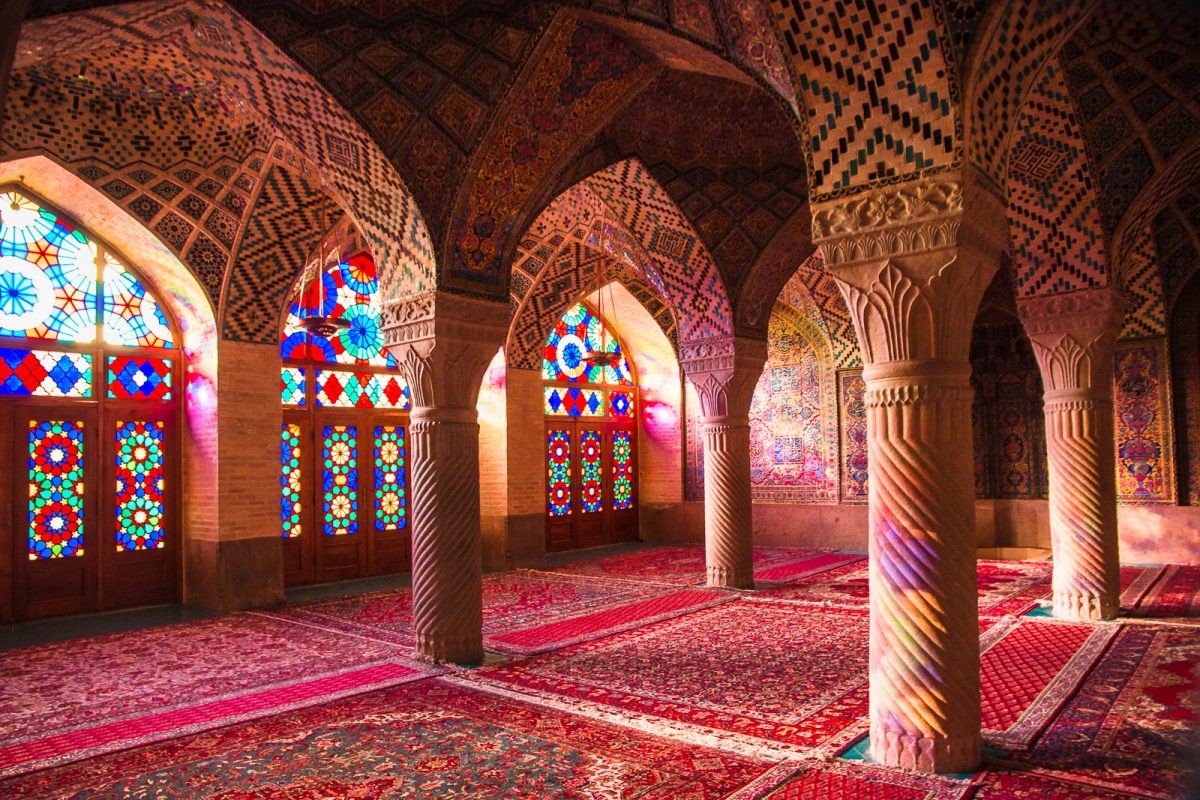
Nasir ol Molk Mosque
The Nasir ol Molk Mosque, also known as the Pink Mosque, is a historic mosque located in Shiraz. During the Qajar period, it was constructed between 1876 and 1888. The significant use of stained glass in its facade, together with numerous pink tiles, makes it unique and attractive.
Other historic features, such as the Panj Kase (“five concaved”) pattern, are also visible. Early in the morning, as the sun rises over Shiraz, is the finest time to visit the mosque. During this time, sunshine streams in through the windows, bathing the mosque’s walls and floors in vibrant hues.
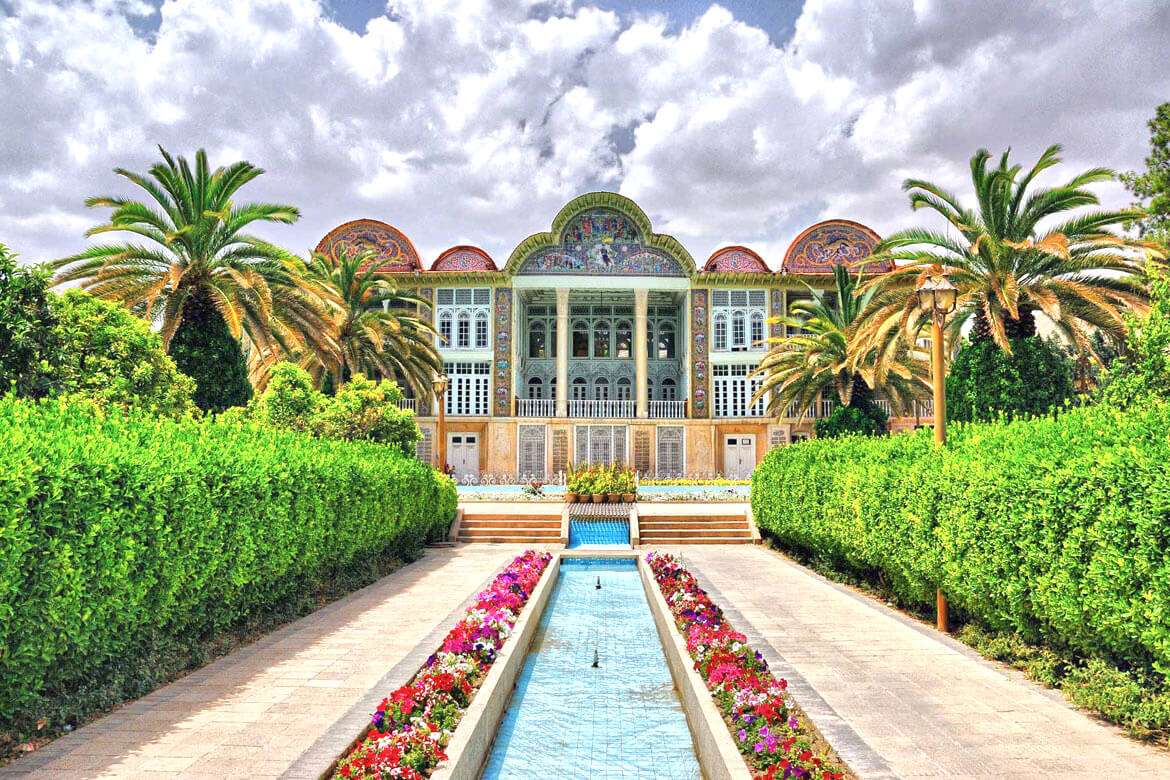
Eram Garden
Another wonder of Iran – the Eram Garden – is an ancient Persian garden near Shiraz. The whole complex is situated on the northern bank of the Khoshk River in the province of Fars. The Persian term “Eram” is a Persianized form of the Arabic word “Iram,” which in the Quran signifies “heaven”.
No one knows when the magnificent complex was created, although it is thought that the gardens were constructed during the Seljuk Dynasty (11th – 14th centuries) during the reign of Ahmad Sanjar. Later, in the second half of the 18th century, it was renovated by the Zand monarchs of the Zand Dynasty.
Many more monarchs opted to develop the gardens, with the Qajar Dynasty paving the way to what is presently there: lovely flowers, cool air, myrtles, and massive cypress trees surrounded by traditional Iranian buildings.

Naqsh-e Jahan Square
Isfahan’s Naqsh-e Jahan Square is located in the heart of the city. It was built between 1598 and 1629 and is today a significant historical landmark as well as a UNESCO World Heritage Site in Iran. It has a width of 160 meters and a length of 560 meters. The area is flanked by several buildings from the Safavid era, including the previously mentioned Shah Mosque, the Ali Qapu Palace, and the Mosque of Sheykh Loftollah. It is one of the world’s largest city squares and another outstanding example of Iranian and Islamic architecture.

Haft Tappeh (7 Hills)
Haft Tappeh is 15 kilometers south of Susa, the ancient city. The remnants of the ancient Elamite city of Kabnak were unearthed here, making it one of the finest wonders of Iran. It is made up of seven old mounds. French archaeologist Jacques de Morgan was the first to dig the site, with Iranian Ezzat Negahban continuing the work in the second part of the twentieth century.
Tepti-Ahar built a huge temple on the site to honor the deity Kirwashir, which was discovered during excavations. A burial complex for the monarch and his family was unearthed under the temple, with skeletal remains discovered in the tomb. Aside from it, there were buildings that looked like ziggurat foundations, as well as courtyards and room suites.
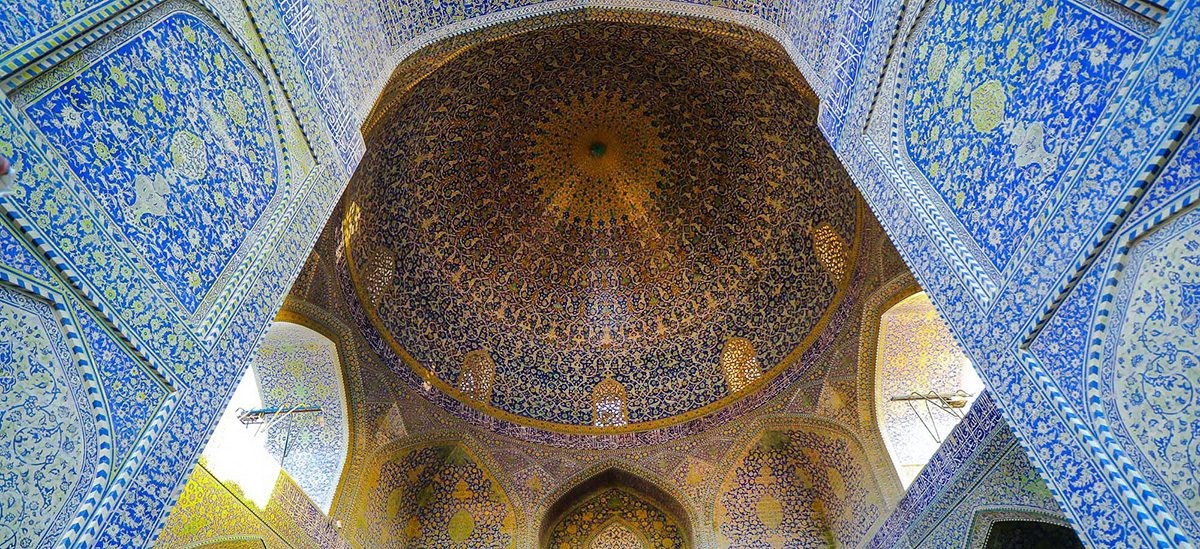
Shah Mosque
The Shah Mosque, also known as the Imam Mosque, was built during the Safavid era and is located on the south side of Naghsh-e Jahan Square. The square is located in the heart of Isfahan. The construction of the mosque began in 1611, and it marks the conclusion of a thousand years of mosque construction.
The seven-color mosaic tiles and calligraphic inscriptions are the highlights of this magnificent example of Iranian architecture’s variety, making this mosque one of the top 7 wonders of Iran. The mosque’s port is 27 meters high and is topped by two 42-meter-high minarets. There are also four iwans and arcades surrounding it. The Shah Mosque, one of Iran’s seven wonders, is also a UNESCO World Heritage Site.
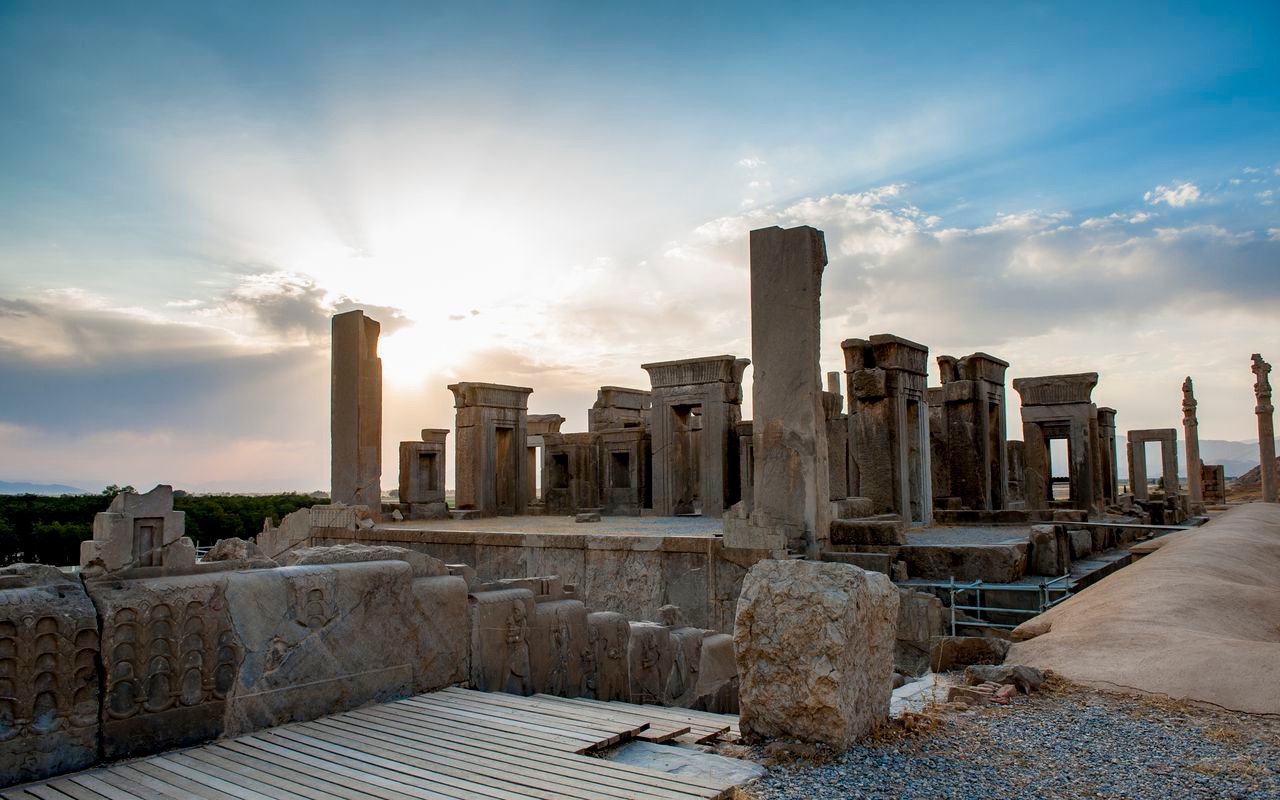
Persepolis
Persepolis, formerly Iran’s vibrant culture and art hub, is now regarded as one of the world’s most magnificent historical sites. The ancient city, 60 kilometers northeast of Shiraz, had been buried beneath the sand for ages until Erich Frederich Schmidt and his colleagues discovered it in the 1930s.
It was the capital of the Achaemenid Empire and was built by Darius I in 518 B.C. The remains of Persepolis, which were set ablaze by Alexander the Great on his orders, are regarded one of the world’s most important ancient monuments and are a UNESCO World Heritage Site.



